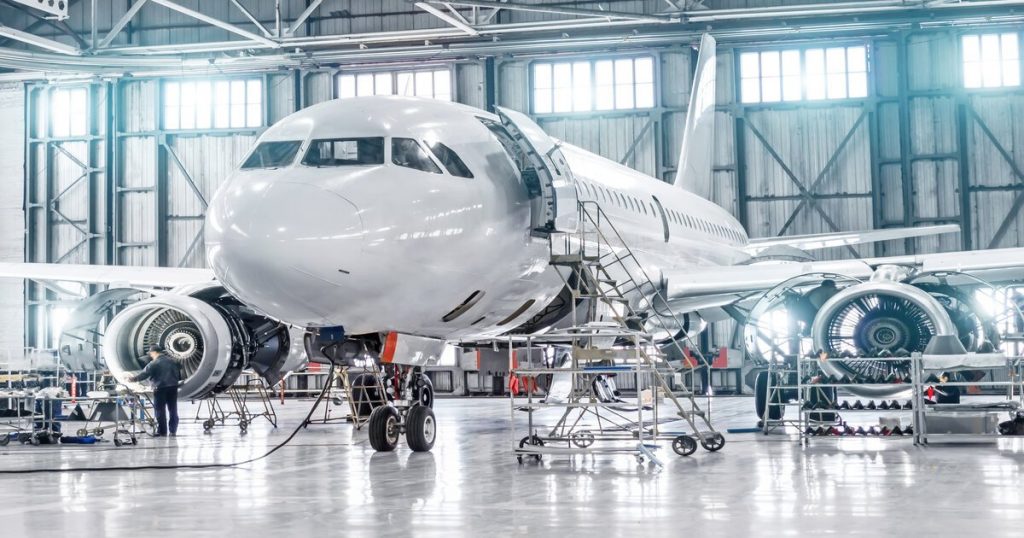Aviation Maintenance Ensuring Safety and Efficiency

Aviation Maintenance Ensuring Safety and Efficiency
Aviation maintenance is the process of inspecting, repairing, and overhauling aircraft to ensure their safety and airworthiness. It is a critical component of the aviation industry, essential for preventing accidents and ensuring the reliability of aircraft.
Key Aspects of Aviation Maintenance
- Scheduled Maintenance: Regular maintenance tasks performed on a predetermined schedule to prevent wear and tear and ensure the aircraft’s safe operation.
- Unscheduled Maintenance: Repairs or inspections carried out in response to specific problems or issues.
- Overhauls: Major maintenance tasks performed at specific intervals to restore the aircraft to a new condition.
- Corrosion Control: Preventing and addressing corrosion, which can compromise the structural integrity of aircraft.
- Component Replacement: Replacing worn or damaged components with new or overhauled parts.
Aviation Maintenance Personnel
Aviation maintenance is performed by highly skilled technicians and engineers, including:
- Aircraft Mechanics: Responsible for inspecting, repairing, and overhauling aircraft components.
- Airframe and Powerplant (A&P) Mechanics: Licensed technicians who are qualified to perform a wide range of maintenance tasks.
- Avionics Technicians: Specialize in the maintenance and repair of aircraft electronic systems.
- Maintenance Engineers: Responsible for overseeing maintenance programs and ensuring compliance with regulations.
Aviation Maintenance Regulations
Aviation maintenance is subject to strict regulations to ensure the safety and airworthiness of aircraft. These regulations are enforced by aviation authorities such as the Federal Aviation Administration (FAA) in the United States and the European Union Aviation Safety Agency (EASA).
Challenges and Trends in Aviation Maintenance
- Increasing Complexity: Modern aircraft are becoming increasingly complex, requiring specialized maintenance techniques and training.
- Technological Advancements: New technologies, such as advanced diagnostics and predictive maintenance, are transforming the aviation maintenance industry.
- Cost Pressure: Airlines are under pressure to reduce costs, which can impact maintenance budgets.
- Sustainability: There is a growing focus on sustainability in the aviation industry, including the use of more environmentally friendly maintenance practices.
The Future of Aviation Maintenance
The future of aviation maintenance is marked by a focus on efficiency, safety, and sustainability. Some of the key trends in the industry include:
- Digitalization: The increasing use of digital technologies to improve maintenance efficiency and accuracy.
- Predictive Maintenance: Using data analytics to predict maintenance needs and prevent failures.
- Sustainability: The development of more sustainable maintenance practices, such as reducing waste and emissions.
- Remote Maintenance: The use of remote technologies to diagnose and repair aircraft, reducing downtime and costs.
As aviation technology continues to evolve, aviation maintenance will play a crucial role in ensuring the safety and reliability of aircraft.

